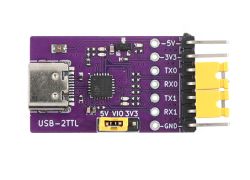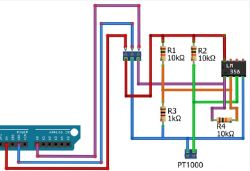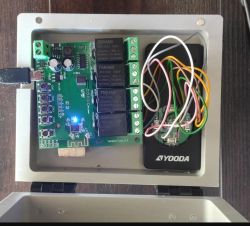It's simple if you don't have your own IP, buy a VPS server, e.g. sldc, I recommend the cheapest one for PLN 10. There you install the server part of OPENVPN and you do the client at home, look for a router with the right amount of memory to be able to upload, for example, gargoyle, openwrt etc ... together with OpenVPN, e.g. Tplink Wdr4300 there, you only upload client configuration files and that's it and you have a problem out of your head every device logged into the router in the home network, you will have normal access to it using the same addresses as if you were in the local network. I have it because I have no limit LTE at home without external IP, so for PLN 10 you have an external one. IP and even more possibilities ;)
If you write something, I will write you a faq quick what and how with commands
If you write something, I will write you a faq quick what and how with commands








